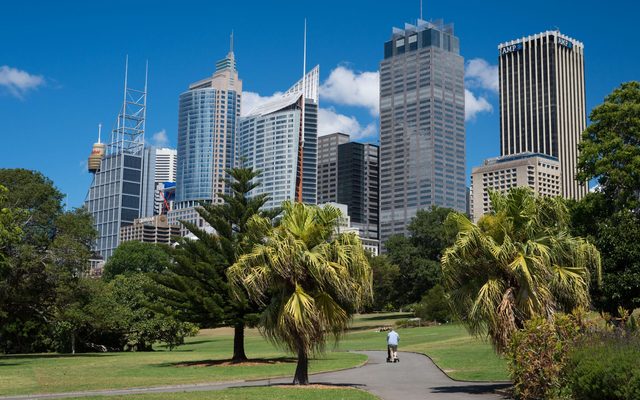This article is from the Australian Property Journal archive
SOME Australians may have to sell their homes, Reserve Bank governor Michele Bullock has warned, as the nation grapples with sticky inflation high interest rates, creating the highest level of mortgage stress in years.
The RBA estimates that around 5% of owner-occupiers with variable-rate loans are in a “particularly challenging situation”, Bullock said in an address to the Anika Foundation Fundraising Lunch in Sydney yesterday, in that the cohort’s combined total of essential spending and scheduled mortgage repayments is more than their income.
“Although this group is fairly small overall, those in it have had to make quite painful adjustments to avoid falling behind on their mortgage repayments.
“This includes things like cutting back on their spending to the more essential items, trading down to lower quality goods and services, dipping into their savings or working extra hours. Some may ultimately make the difficult decision to sell their homes.”
She said lower income borrowers are over-represented in the group of people who are “really struggling”.
The RBA board decided to leave the cash rate unchanged at 4.35%, determined do bring inflation further to some way above the midpoint of its 2% to 3% target range. Underlying inflation – as measured by the trimmed mean – was at 3.9% in June.
In its central August forecast, the RBA forecast underlying inflation to be back in the target range by the end of next year, and to approach the midpoint in 2026.
Elevated inflation, high interest rates and surging rents have sparked a cost-of-living crisis, and has put the brakes on the economy. This week’s GDP figures showed annual growth of just 1% – Australia’s weakest result since the 1990-91 recession outside of the COVID period.
Finder’s latest Consumer Sentiment Tracker has recorded the highest level of mortgage stress since it first began tracking in early 2019. More than 2 in 5 (42%) homeowners struggled to pay their home loan in August – showing an estimated 1.4 million mortgagors in distress.
Finder research also revealed that 13% have missed one or more mortgage repayments in the past six months.
Owner occupiers are, on average, taking out larger loans than ever before despite the fact the cash rate is sitting at a 12-year-high. The average owner occupier mortgage is now $634,479, by 1.3% from the previous month and by 9.3% year-on-year, according to the Australian Bureau of Statistics.
A report by Great Southern Bank has found 67% of homeowners have started or are considering a side hustle, hobby business or a second job to help with their home loan repayments. Millennial homeowners are the most likely to be planning to earn extra cash in the future.
“Should inflation remain high for longer than the RBA is forecasting, the share of borrowers most at risk of being unable to service their debts would increase a little further,” Bullock said yesterday, adding that the numbers are not large enough to pose a material risk to the stability of the financial system, but would have a material impact on those households who end up in this situation.
Key drivers of elevated inflation at the moment are housing costs and market services inflation, which remain above average levels and have been easing only gradually.
Bullock highlighted that on the housing side this reflected both construction cost growth and strong increases in rents. Advertised rents are high due to pressure from a rebound in housing demand and limited supply response.
“Rents on new leases take time to impact overall CPI rents because only a small share of the stock of rental properties update leases in a given month and so CPI rents inflation is likely to be high for some time,” she said.
New dwelling inflation has declined from its earlier peak as materials costs have eased, but it remains elevated, while there is still a large pipeline of work and ongoing labour shortages for certain trades, she noted.




